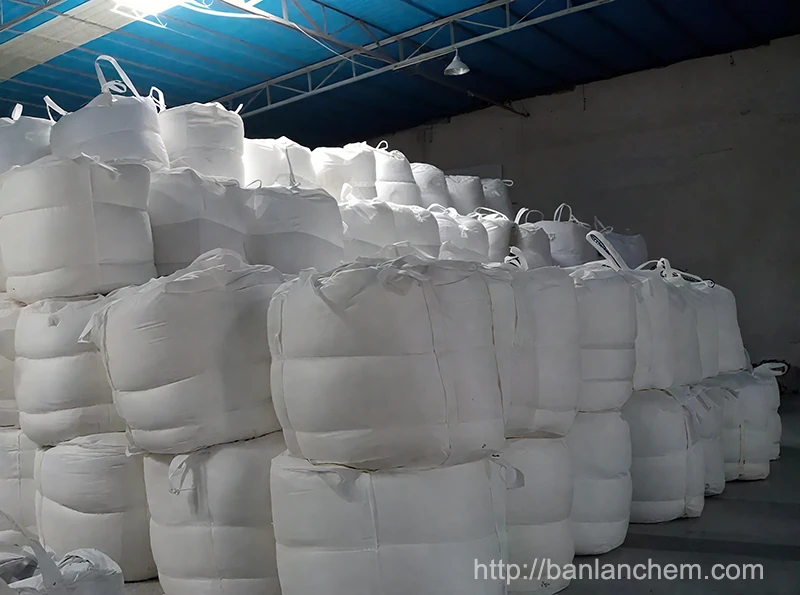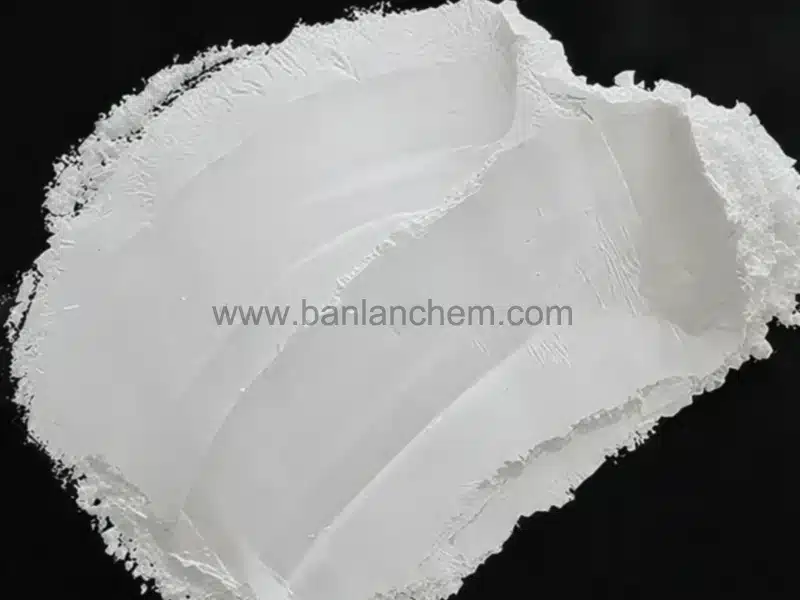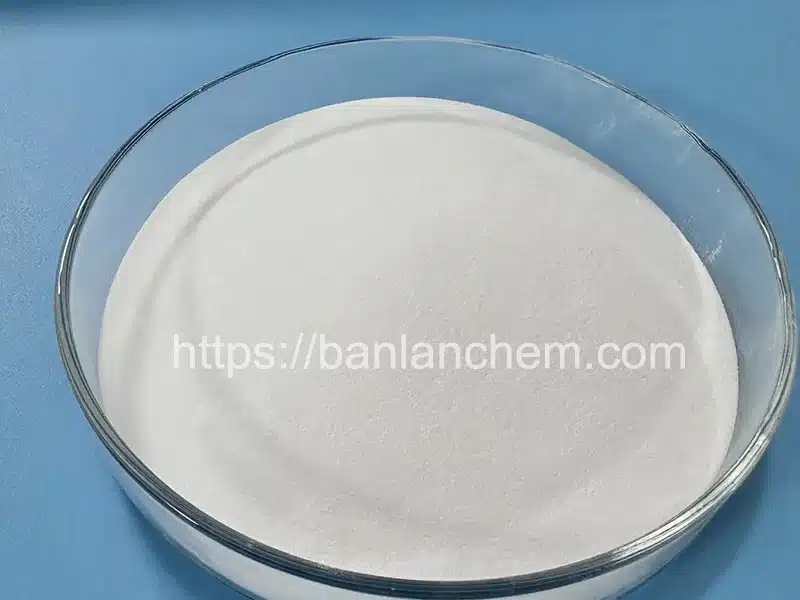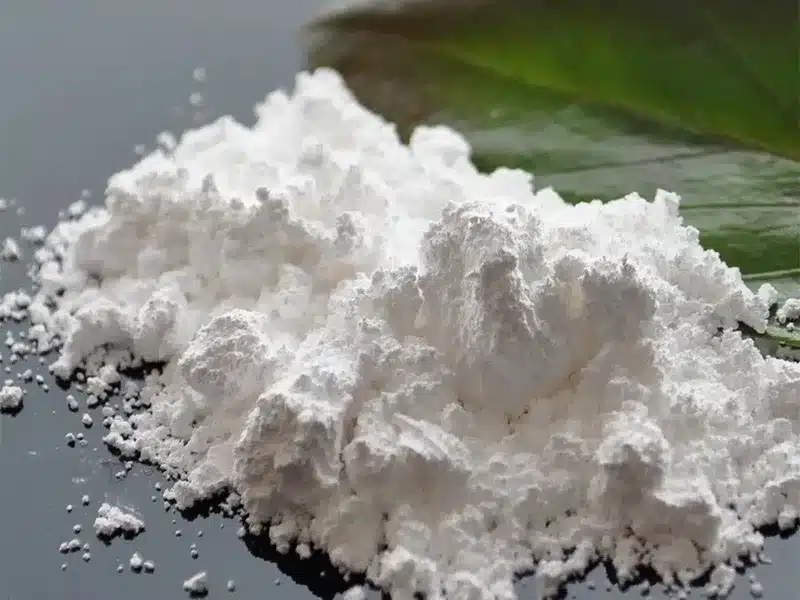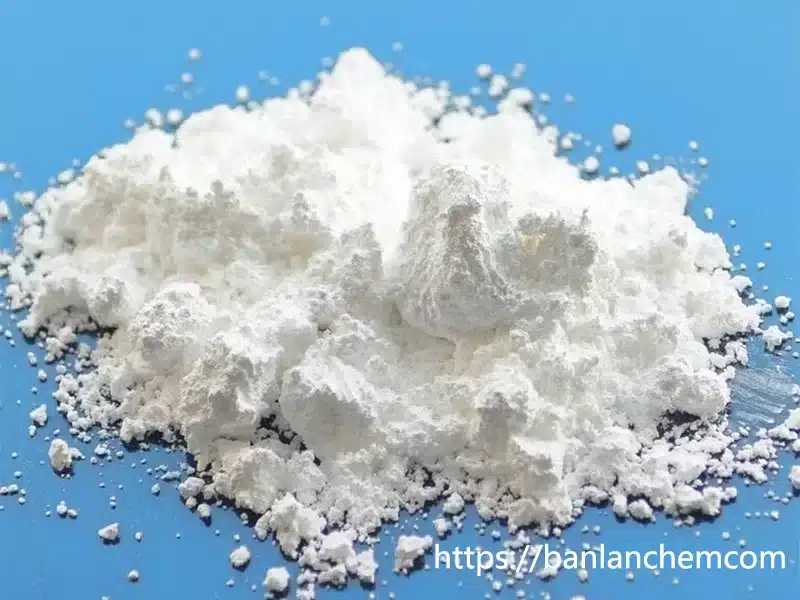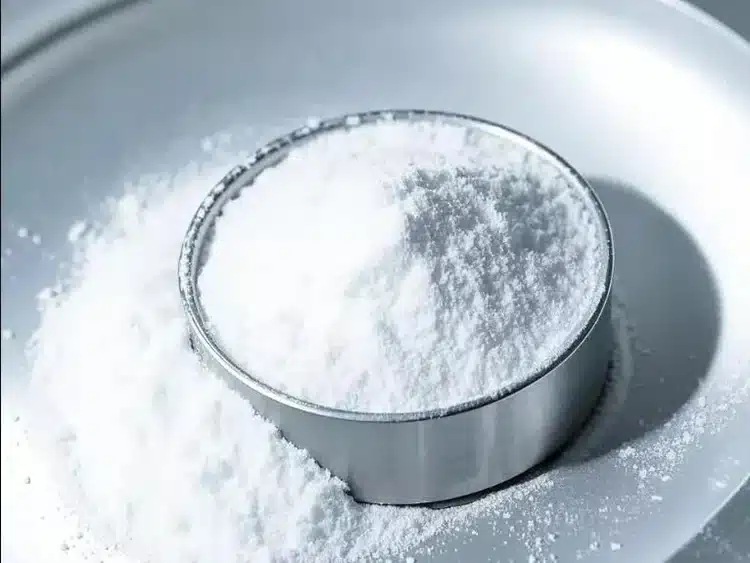Tabular Alumina vs Fused Corundum: Key Differences & Refractory Applications
Tabular alumina is a pure, fully sintered form of corundum made without additives. Refractories and castables formulated with tabular alumina typically show strong thermal shock resistance and high bending strength after firing. By contrast, fused corundum (white or brown fused alumina) is produced by melting alumina or bauxite. Although both are alumina aggregates used in high-temperature linings, they differ in impurity profile, pore structure, thermal behavior, and environmental footprint.
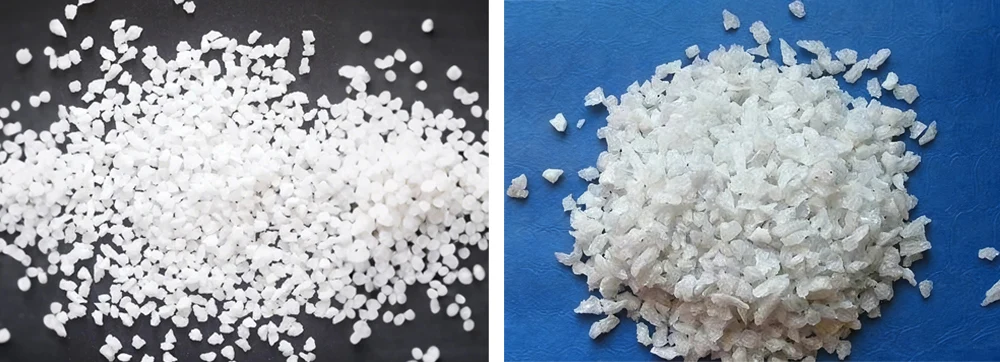
1) Purity & Impurity Distribution
Tabular alumina (sintered): Produced from high-purity industrial alumina without chemical additives. Aside from trace mechanical iron introduced during crushing—typically removed by magnetic separation—impurities such as Fe, Si, and Na remain at very low levels and are uniformly distributed.
Fused corundum: The fusion process usually introduces iron and carbon as additives. As a result, the contents of Fe, C, Si, Na, etc. are higher than in tabular alumina. Because cooling rates vary within a fused ingot, impurity levels also vary by zone; therefore strict post-fusion sorting is essential to control quality, whereas tabular alumina generally does not require such sorting.
2) Pore Structure, Thermal Shock & Spalling
Tabular alumina: Contains a population of closed (blocked) spherical pores. These micro-features blunt crack tips and dissipate thermal stresses, improving thermal shock and spalling resistance in service.
Fused corundum: Typically shows more open pores and fewer blocked pores. During slow cooling, larger single crystals grow; when the ingot is crushed, these crystals can develop microcracks, which may reduce thermal shock resistance compared with tabular alumina aggregates of similar size.
3) Energy Use & Environmental Footprint
Fused corundum is widely regarded as a high-energy material to produce. Electricity consumption can reach roughly 2,300–3,300 kWh per ton (indicative range). The fusion route also generates considerable off-gas and slag that require treatment.
Tabular alumina is sintered—commonly with natural gas as the heat source—leading to a lower overall energy intensity, on the order of one-seventh to one-tenth of fused corundum production. Emissions are dominated by CO₂ from combustion; there is typically no additional process off-gas or slag.
4) Performance Implications in Refractory Design
Castables & Low-Cement Systems
- Tabular alumina: Favored where thermal shock, hot strength, and structural integrity are critical (e.g., steel ladles, tundish covers, petrochemical units). The closed-pore structure helps resist crack propagation after thermal cycling.
- Fused corundum: Useful when extreme abrasion or very high hot hardness is prioritized. Proper grading and sorting mitigate variability, but attention to microcracking is advised.
Shaped Refractories (Bricks & Precast Shapes)
- Tabular alumina: Delivers uniform microstructure and reliable post-firing strength; good option for shapes facing rapid heat-up/heat-down.
- Fused corundum: Selected for high-wear zones where erosive particles or slag attack dominate, provided the design manages thermal gradients.
Thermal Shock vs. Abrasion—Choosing the Aggregate
If your lining suffers thermal cycling, spalling, or frequent starts/stops, tabular alumina usually provides a safer margin. If the dominant failure mode is mechanical wear or particle erosion at steady high temperature, properly specified fused corundum can be competitive.
5) Practical Selection Guide of Tabular Alumina vs Fused Corundum
- Impurity tolerance: For processes sensitive to alkali or iron pickup, tabular alumina minimizes risk.
- Thermal profile: For frequent thermal shocks, choose tabular alumina; for steady high-temp abrasion, consider fused corundum.
- Environmental goals: To reduce embedded energy and emissions, tabular alumina has the advantage.
- Cost & availability: Compare delivered cost by performance hour. In many cases, the longer life of tabular-based linings offsets a higher unit price.
Applications in Refractory Materials
- Tabular alumina: Steel ladles, petrochemical units, kiln furniture, burner blocks, high-purity castables.
- Fused corundum: Slide gates, nozzles, high-wear zones, abrasion-resistant runners, slag-line refractories.
Tabular alumina offers low impurities, uniform distribution, closed-pore microstructure, excellent thermal shock resistance, and a lower energy footprint—ideal for cyclic or purity-critical refractories. Fused corundum brings high hardness and wear resistance but usually higher impurities, more open pores, and greater production energy. Selecting the right aggregate hinges on your dominant failure mode (thermal shock vs. abrasion), purity needs, and sustainability targets.


